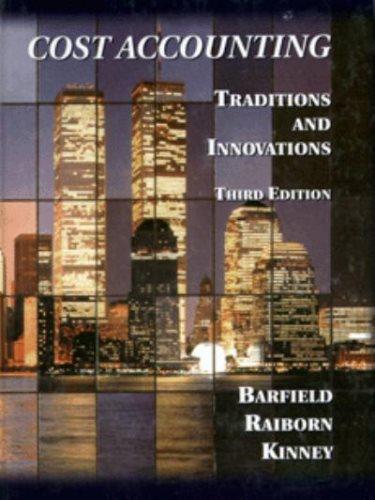Gypsum waste is created from manufacturing phosphorous fertilizer. Pure gypsum, is better known as the wallboard used
Question:
Gypsum waste is created from manufacturing phosphorous fertilizer. Pure gypsum, is better known as the wallboard used in interior walls of buildings; gypsum waste is contaminated with low levels of potentially toxic heavy metals and some radioactive elements. Freeport-McMoRan owns two fertilizer plants producing the waste material. Early in 1990, the company completed a $6 million experimental plant to recycle gypsum waste into an environmentally safe, synthetic aggregate that could be used in building materials. The aggregate from the recycling plant is a rocklike cinder that the company hopes to use as an additive to concrete and in roadbeds.
[SOURCE: Based on James O’Byrne, “Protests Inspired $6 Million Plant to Recycle Gypsum,” (New Orleans) Times-Picayune (March 4, 1990), p. Bl. © The Times-Picayune Publishing Corporation.]
a. Which of the methods of accounting for by-products/scrap discussed in the chapter would allow Freeport-McMoRan to know whether recycling gypsum waste is cost beneficial? Wiry is this information available from this particular method?
b. Discuss the ethics of the recycling plan begun by the company.
c. Discuss the potential profitability of the recycling plan.
d. The gypsum waste cannot be dumped into the Mississippi River. Currently there are stacks of gypsum waste more than a mile long and 80 feet high. If the waste is not recycled, how would you suggest eliminating it? How would you estimate the costs and benefits of your plan compared with the costs and benefits of the recycling plan?LO1
Step by Step Answer:

Cost Accounting Traditions And Innovations
ISBN: 9780538880473
3rd Edition
Authors: Jesse T. Barfield, Cecily A. Raiborn, Michael R. Kinney





